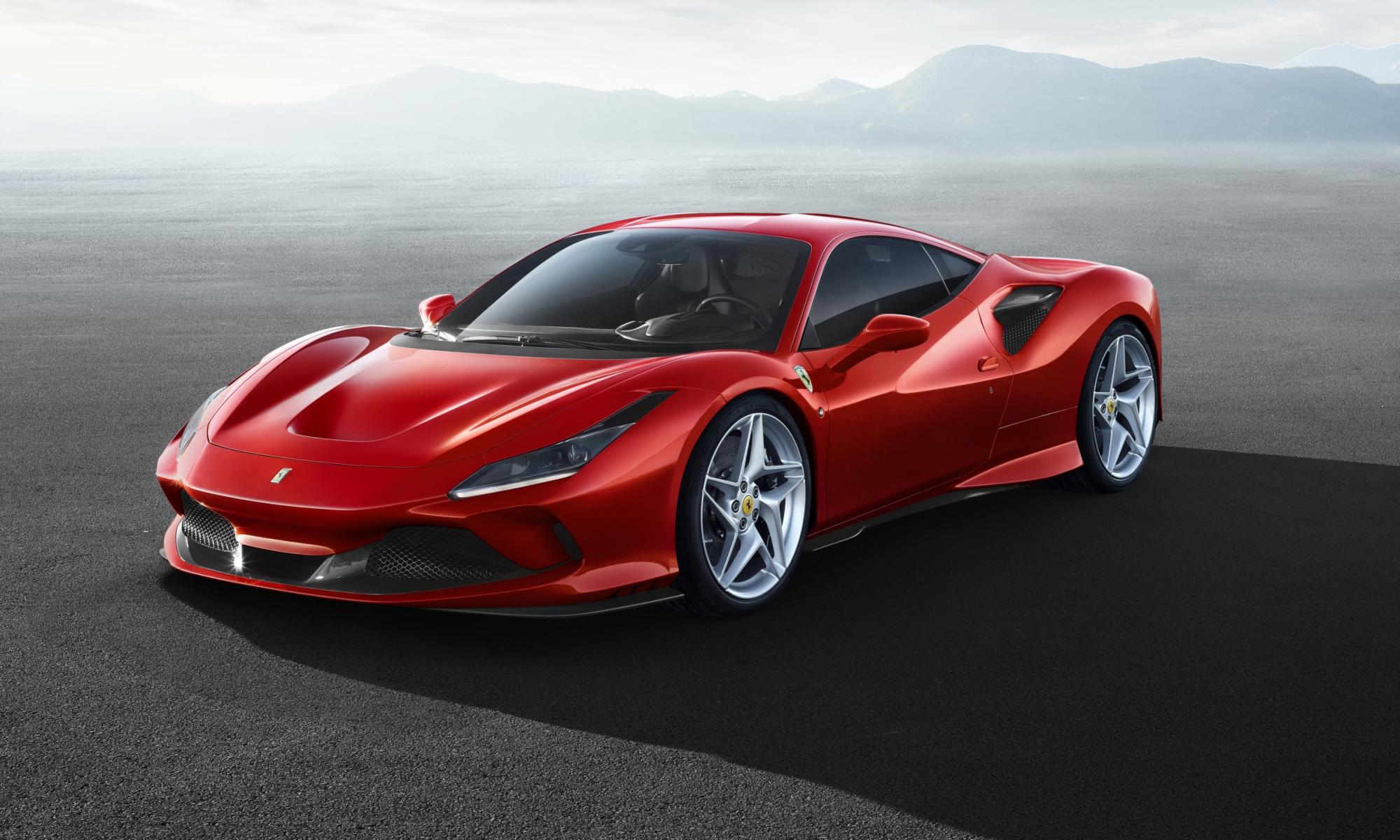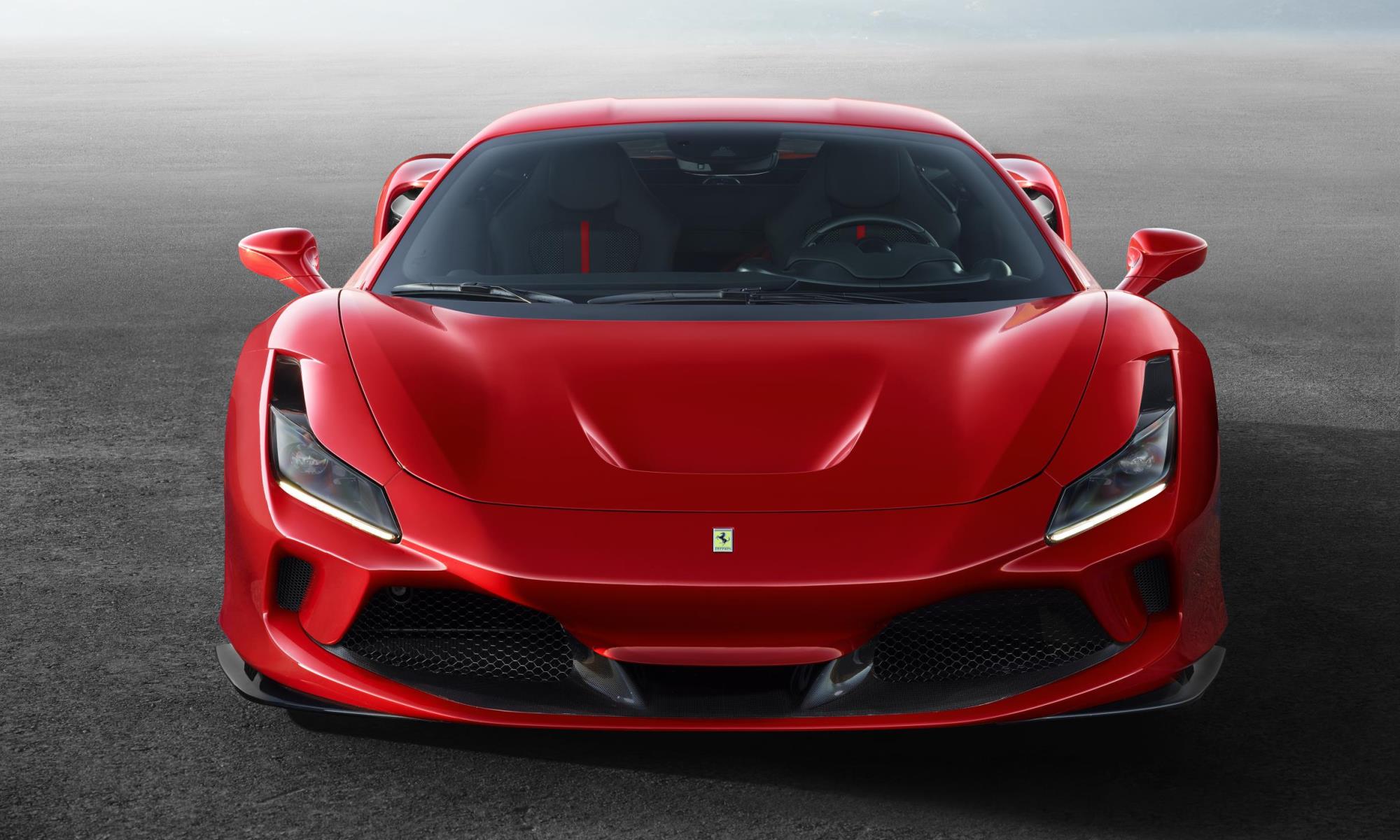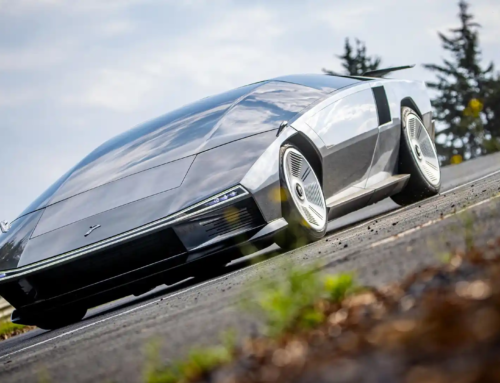It’s not every day that we are privy to the launch of a new Ferrari, but in recent times the occasion does seem to be more frequent. Today the Italian supercar maker debuted the Ferrari F8 Tributo. Only a few images have been revealed, the car will be seen in the metal for the first time at the Geneva Motor Show.
Click here to read our Ferrari F40 driving review.
The latest V8
The Ferrari F8 Tributo is the latest in a long line of mid-mounted V8 models that includes the 458, 360, 348 and 308, among various others. It is the replacement for the highly lauded 488 GTB.
This new car uses an evolution of the award-winning, twin-turbocharged, 4,0-litre V8 engine as found in the 488 GTB. In the Ferrari F8 Tributo it develops 530 kW and 770 N.m of torque. The power alone is up by 38 kW over its predecessor. Incidentally, the headline figures are near identical to outputs from the McLaren 720S, which is probably no coincidence.
Performance figures are suitably impressive. The benchmark 0-100 km/h sprint takes 2,9 seconds; it’ll reach 200 km/h from standstill in 7,8, and given enough room it’ll hit 340 km/h.
Click here to see and read about a concours-winning Ferrari 328.
Other improvements
Ferrari says that the F8 Tributo is lighter by 40 kg and benefits from a 10 per cent improvement in aerodynamic efficiency when compared to the 488 GTB. Lessons learnt from the 488 Pista have been applied to help manage engine heat, including, for instance, the rearward-angled front radiators and the dynamic engine air intakes positioned either side of the spoiler instead of on the rear flanks.
To make it more entertaining to drive, the Ferrari F8 Tributo boasts the firm’s latest version of the Side Slip Angle Control, which should make for smoky, sideways fun. According to the press material, this is the: “one of the fastest, most thrilling and communicative supercars ever.”
Cockpit design
The cabin retains a driver-oriented cockpit look typical of Ferrari’s mid-rear-engined berlinettas. The door panels and tunnel have been completely redesigned. The new generation HMI (Human Machine Interface), complete with round air vents, new steering wheel and controls as well as a new 7-inch passenger touchscreen display, enhance the on-board environment for driver and passenger.





![Ferrari Amalfi Introduced as Roma’s Replacement [w/video]](https://doubleapex.co.za/wp-content/uploads/2025/07/Ferrari-Amalfi-500x383.webp)
![Koenigsegg Sadair’s Spear is a Limited-Edition Track Weapon [w/video]](https://doubleapex.co.za/wp-content/uploads/2025/07/Koenigsegg-Sadairs-Spear-rear-500x383.webp)


Leave A Comment